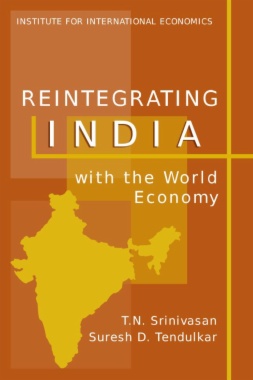Although a range of program and policy responses to youth gangs exist, most are largely based on suppression, implemented by the police or other criminal justice agencies. Less attention and fewer resources have been directed to prevention and intervention strategies that draw on the participation of community organizations, schools, and social service agencies in the neighborhoods in which gangs operate. Also underemphasized is the importance of integrating such approaches at the local level.
In this volume, leading researchers discuss effective intervention among youth gangs, focusing on the ideas behind, approaches to, and evidence about the effectiveness of community-based, youth gang interventions. Treating community as a crucial unit of analysis and action, these essays reorient our understanding of gangs and the measures undertaken to defeat them. They emphasize the importance of community, both as a context that shapes opportunity and as a resource that promotes positive youth engagement. Covering key themes and debates, this book explores the role of social capital and collective efficacy in informing youth gang intervention and evaluation, the importance of focusing on youth development within the context of community opportunities and pressures, and the possibilities of better linking research, policy, and practice when responding to youth gangs, among other critical issues.
- Contents
- Acknowledgments
- Introduction
- [Part I] Framing the Youth Gang Problem
- [ 1 ] The Chicago School
- [ 2 ] The Evolution of Gang Policy
- [Part II] Evidence, Evaluation, and Knowledge Utilization
- [ 3 ] Lessons Learned from Gang Program Evaluations
- [ 4 ] An Examination of the Role of Cease Fire, the Chicago Police, Project Safe Neighborhoods, and Displacement in the Reduction inHomicide in Chicago in 2004
- [ 5 ] From Knowledge to Responseand Back Again
- [ 6 ] Promoting Research Integrityin Community-Based Intervention Research
- [ 7 ] Multiple Marginality and Human Development
- [ 8 ] A Community Youth Development Approach to Gang Control Programs
- [ 9 ] Taking Criminology Seriously
- [ 10 ] Community Gang Programs
- Contributors
- Index

